Estimated reading time: 11 minutes
Whether it’s a severe weather event, a disease outbreak, or acts of violence, sudden emergencies can interrupt our food supply. We may need to shelter in place for days, weeks, or even longer.
While we cannot control how and when a crisis hits, we can control how we handle it. One way to prepare for an emergency is by building a stockpile of food for your family. Most health and safety organizations today recommend having a three-day supply of food and water on hand at all times.
But what happens after those three days when the infrastructure is still down, and hazards still exist? That’s when we may need to rely on having a supply of food that lasts. This article includes a list of foods that will last for 15 years or more when stored under the right conditions.
Want to save this post for later? Click Here to Pin It On Pinterest!
1. Dried Beans and Lentils
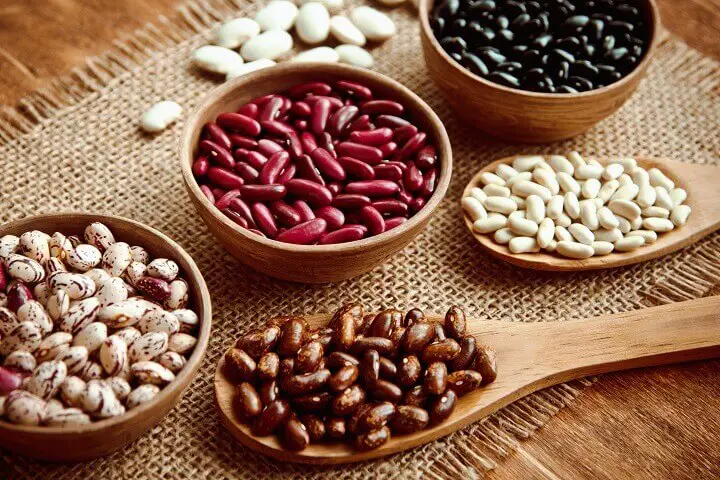
An excellent source of fiber and carbohydrates, dried beans can last up to 30 years when stored correctly.
According to research by Utah State University, a consumer taste panel that was testing foods for emergency use gave dried pinto beans that had been stored for three decades an 80 percent acceptance rate.
For best results, you should remove dried beans from their store packaging, transferring them to #10 cans or Mylar bags. Oxygen absorbers also help extend flavor and appearance. Store the containers in a cool, dry place away from sunlight.
2. White Rice
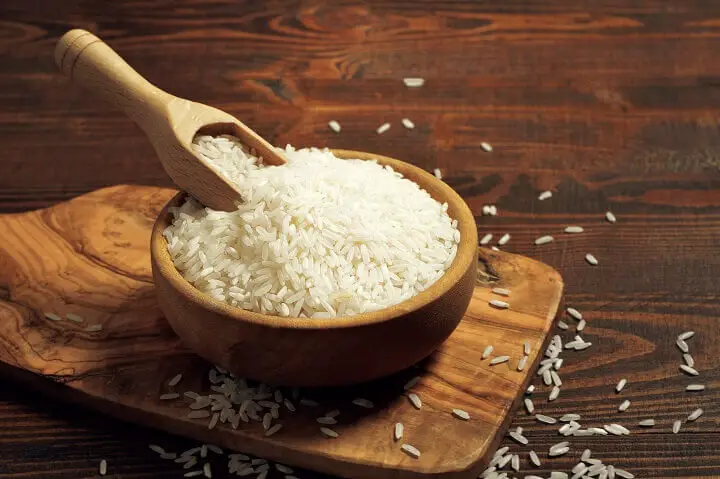
Although it often gets a bad nutritional rap, white rice is a complex carbohydrate that offers protein and vitamins and minerals, including manganese, niacin, iron, phosphorus, copper, magnesium, zinc, and Vitamin B6. It also can last in your stockpile for 25 to 30 years.
Store rice in a cool, dry spot in tightly-sealed containers. To guard against pests, you can place vacuum-sealed bags inside five-gallon buckets or add oxygen absorbers to #10 cans.
3. Honey
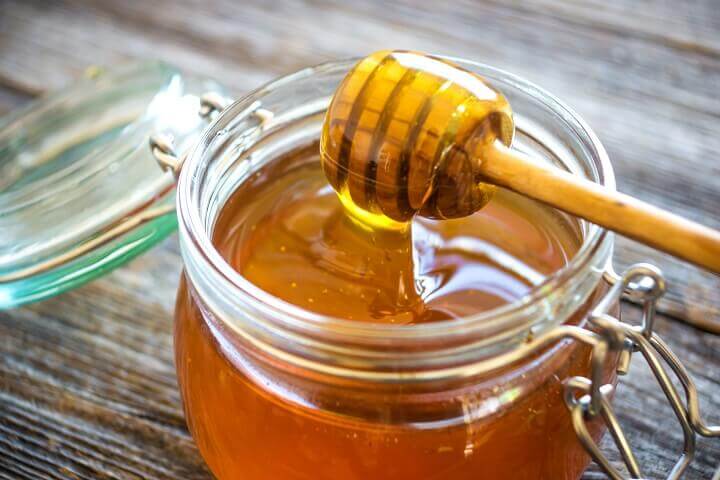
The expiration date on honey usually refers to when it will start to crystalize. However, crystallization does not make honey unsafe to eat. You can easily heat honey so that it returns to its syrupy state.
Store honey in glass jars or heavy food-grade plastic containers with tightly-closed lids. The best temperature range for honey storage is about 57 to 80°F. Store your honey in a dark place away from direct sunlight or other heat sources.
4. Oats

An important ingredient for breakfast cereals, breads, and non-dairy milk, dried oats can last up to 30 years.
Like most of the other items on this list, heat, moisture, and light are enemies of your dried oat supply. Therefore, store oats in airtight containers in a cool, dry, dark location and use oxygen absorbers.
5. Powdered Milk
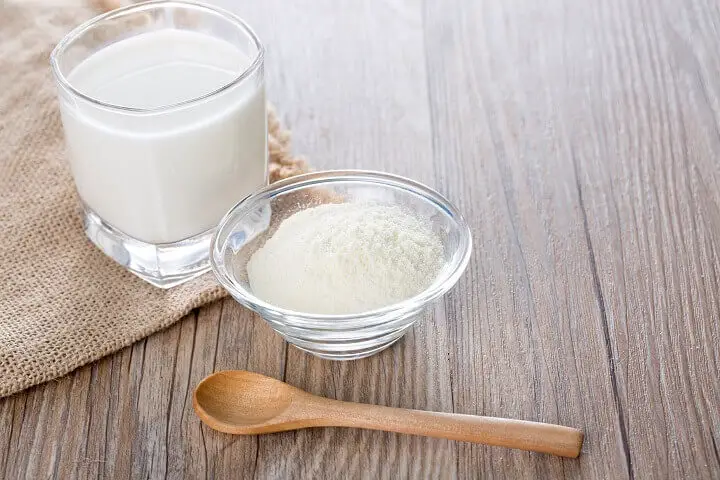
Powdered milk may have a “best by” date of 18 months, but it can last indefinitely under the right conditions.
Want to start a homestead but not sure how?
Click Here to get a FREE book, "How To Homestead No Matter Where You Live."
Here are the steps to take for the best results:
- Store only non-fat powdered milk.
- Transfer powdered milk from store packaging to an airtight container.
- Store in a cool, dry, dark place.
- Use oxygen absorbers to control oxygen and desiccants to control moisture.
6. Peanut Butter
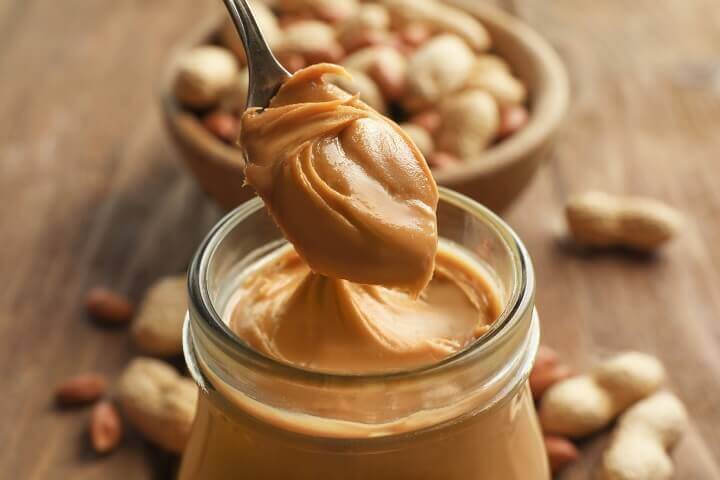
An unopened regular peanut butter can stay fresh for five years. However, there are some reports of flavor and odor deteriorating in less than one year.
For long-term storage of 5 years or more, try powdered peanut butter. It’s made with roasted, pressed peanuts that have had their oil removed. Store peanut butter powder in tightly-sealed containers in a cool, dry place.
7. Dried Pasta
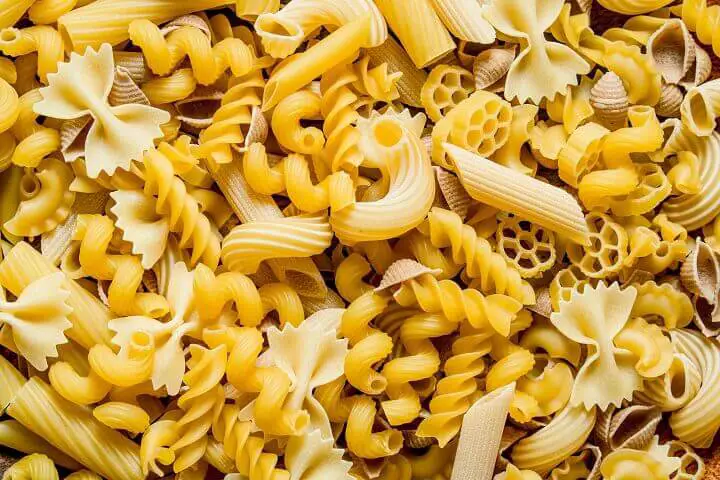
In her book, Pasta and Noodles: A Global History, food scientist Kantha Shelke reveals that she tasted pasta found in an Egyptian pyramid. Remarkably, she found no loss in its quality.
For the best long-term storage of dried pasta, place the pasta in an airtight container along with oxygen absorbers. Another option is to vacuum-seal dried pasta in its original packaging. Store in a cool, dry location.
8. Hardtack
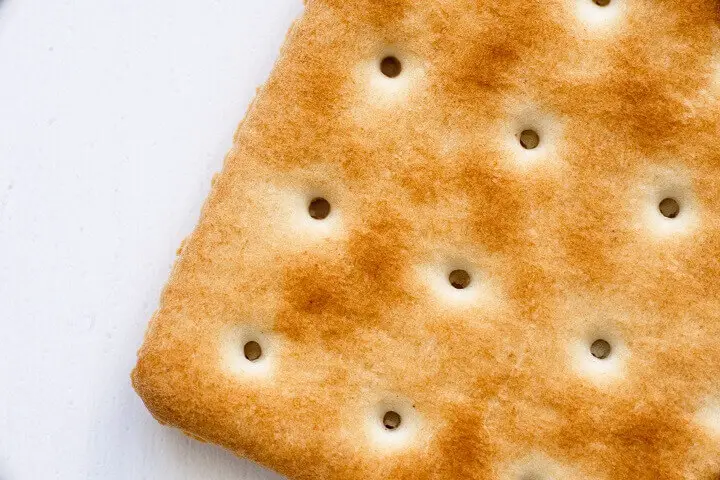
You may know it only as a Civil War ration. But hardtack, a dense biscuit made from flour, water, and often salt, is an inexpensive long-term survival food. You can dip the hard cracker in water or fry it with butter to make it edible.
Here is a recipe for hardtack. And this article offers more information on this survival food. When stored in air- and water-tight containers, hardtack will last indefinitely.
9. Canned Foods
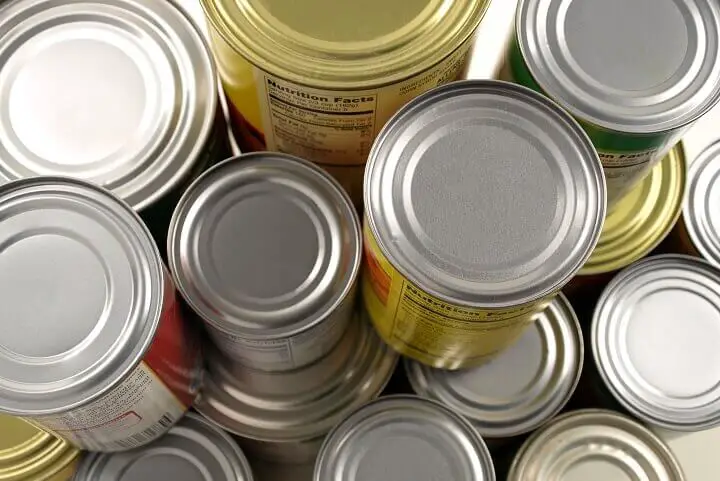
Commercially packed canned fruits and vegetables will last for decades when stored properly.
Avoid cans that are rusted, dented, scratched, or bulging when purchasing canned foods. Canned food that has been stored for many years may change slightly in color or texture but is often safe to eat. Never eat canned food that has a foul odor or shows other signs of spoilage.
Store canned foods off the floor in a cool, dark, dry space that is safe from wide temperature swings and freezing (like unheated basements or uninsulated attics).
10. Flour
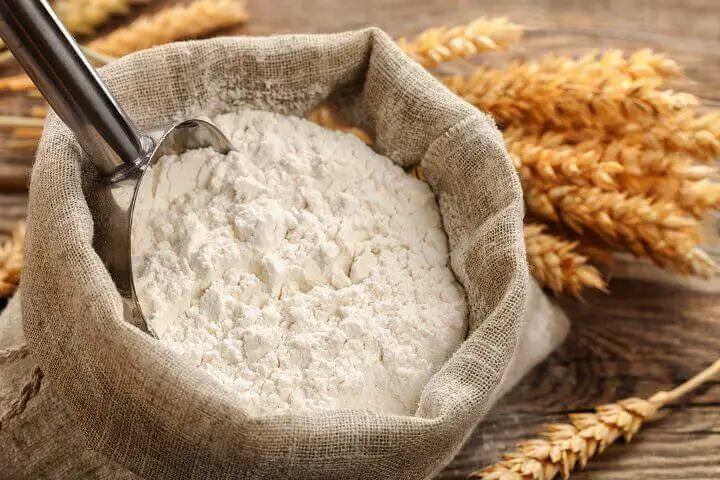
For long-term pantry storage of white flour, your best bet is to place it in sealed Mylar bags with oxygen absorbers. This step helps protect it from light, moisture, and oxygen for up to 15 years.
Another option is to store wheat berries in a Mylar bag with oxygen absorbers in a cool, dry location. Wheat berries, which you can grind into a nutritious flour, will last up to 15 years when stored this way.
11. Maple Syrup
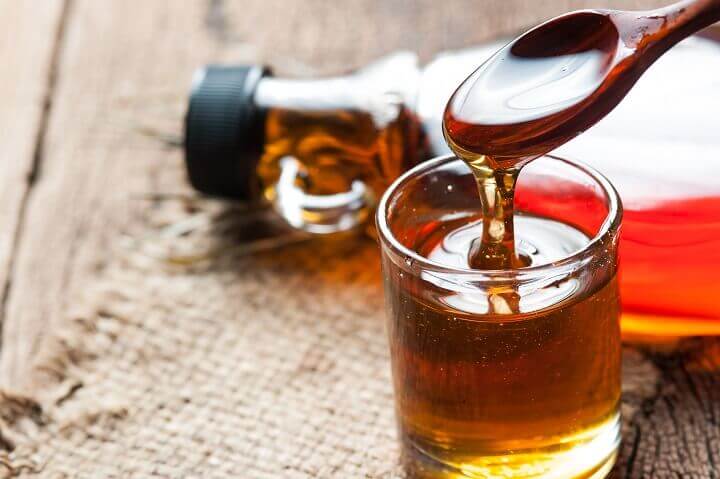
Like honey, maple syrup can last indefinitely when stored in a sealed container in a cool, dry location. A sealed glass jar or bottle is your best bet.
And, also like honey, you can melt crystallized maple syrup back down to its original state. An easy and gentle way to handle this procedure is t place the unopened maple syrup container in a container of warm water.
12. Bouillon
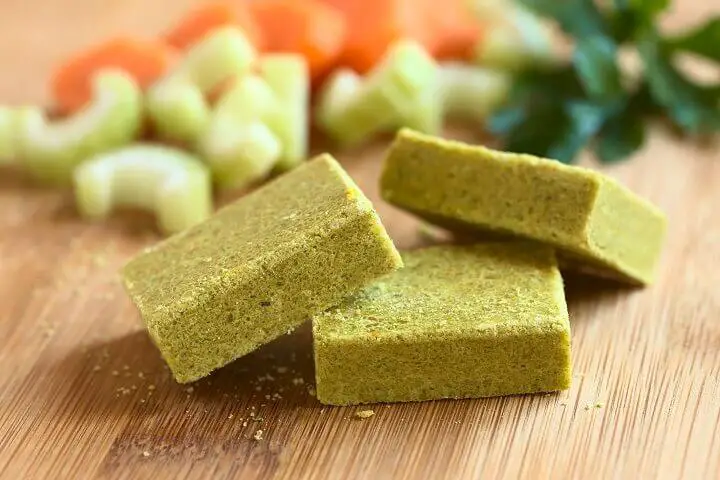
Named for the French verb “bouillir,” which translates as “to boil,” bouillon powders or cubes are an excellent addition to the long-term food pantry. You can use them to make stews, soups, sauces, and gravies. They also can deliver essential electrolytes to the body when you drink them as a broth.
Granular bouillon products store better than bouillon cubes, and your best bet for long-term results is to keep the granular product in sealed Mylar bags in a cool, dark, dry place.
13. Pemmican
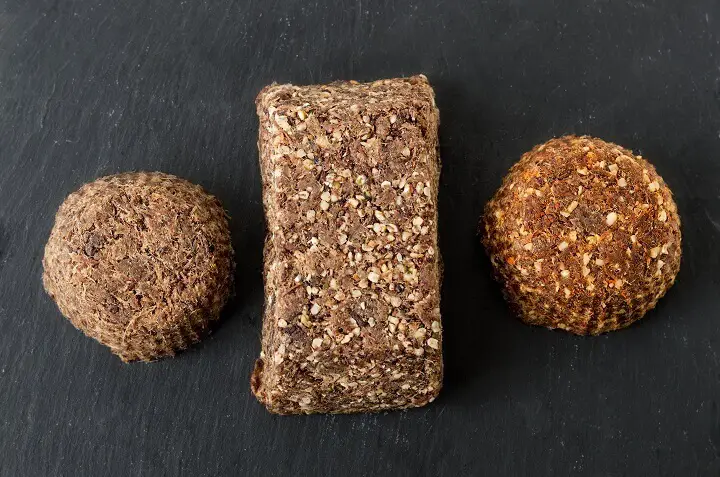
Pemmican is a centuries-old name for the Cree word for rendered fat. The food, which provided a nutritious and filling food for Native Americans, was adopted by fur traders in the 18th and 19th centuries.
Pemmican is a dried combination of berries, meat, and rendered fat (also known as suet or tallow) that requires no refrigeration and can last for many years. Here is a recipe for pemmican.
Want to start a homestead but not sure how?
Click Here to get a FREE book, "How To Homestead No Matter Where You Live."
For long-term storage, wrap the pemmican in aluminum foil and then place it in a sealed plastic bag. Keep the bag stored at room temperature in a dark, dry location.
14. Popcorn
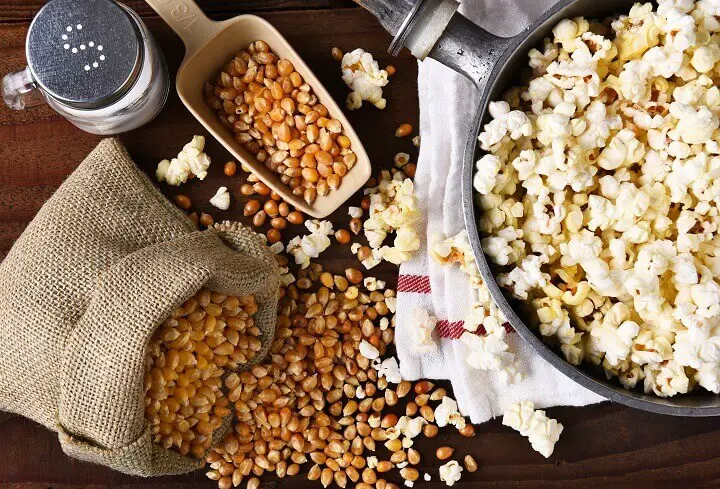
While kernel un-popped popcorn—not the packaged microwave—will last indefinitely when stored in airtight containers.
Place the kernels in Mylar bags, which protect against both air and light. Add an oxygen absorber in each bag for extra protection, then place the bags inside a food-grade bucket with a tight-fitting lid.
15. Freeze-Dried Foods
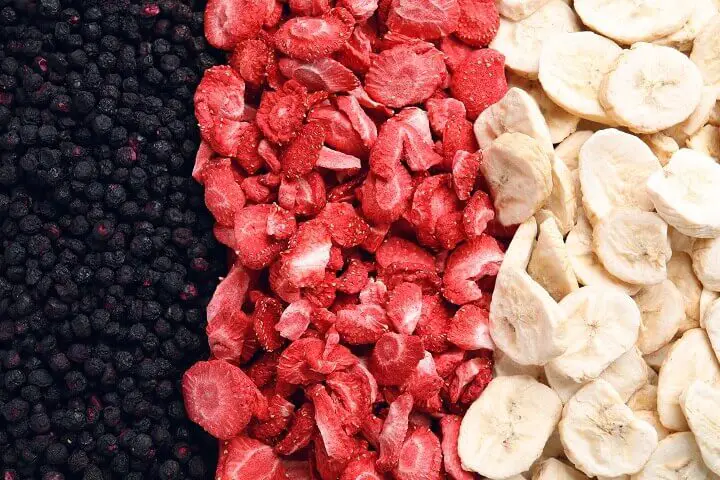
The higher the moisture content of a food, the shorter its shelf life. The freeze-drying process removes around 98 percent of a food’s moisture content.
You can freeze-dry many foods including dairy, meat, fish, eggs, fruits, vegetables, and even pet food. You can even purchase entire freeze-dried meals. Oil-based foods, such as peanut butter, honey, jam, syrup, and pure chocolate, do not freeze-dry well.
Freeze-dried food should be stored in a cool, dark, and dry location. If you’re new to the concept of free-dried food, here’s an article that provides some of the basics.
As you plan for your long-term pantry, keep in mind that your foods’ main enemies are temperature, oxygen, moisture, and pests.
Even if you’re storing food for the long haul, it’s still a good idea to label containers with the storage date. And despite the information in this article and other long-term storage advice, trust your senses when it comes to eating your food. Some changes in appearance may be expected for food that’s been stored for a long while. But if it smells or looks “off,” don’t eat it.
Here are some sources for further references:
- A Guidebook to Acquiring Food, Stockpiling, Storing, and Preparing for Survival by Geoffrey Richards
- Food Storage for Self-Sufficiency and Survival by Angela Paskett
- Survival Food To Stockpile by Raymond L. Hillman
- A Year Without the Grocery Store by Karen Morris
Like this post? Don't Forget to Pin It On Pinterest!
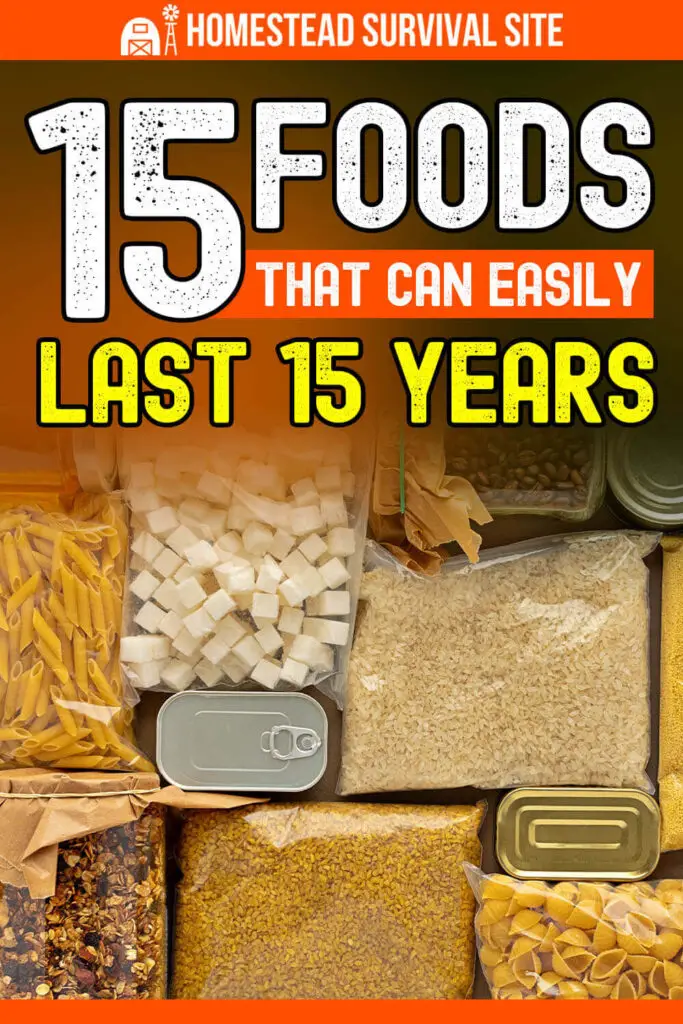
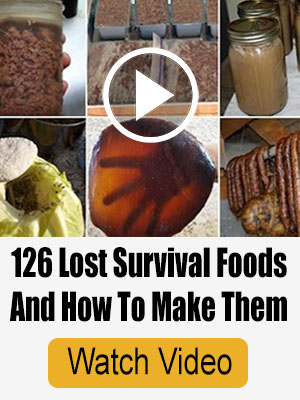


Items like rice, beans, legumes, pasta and flour should be repackaged and then spend a week in a chest or upright freezer to kill any insects or insect eggs that may be present.